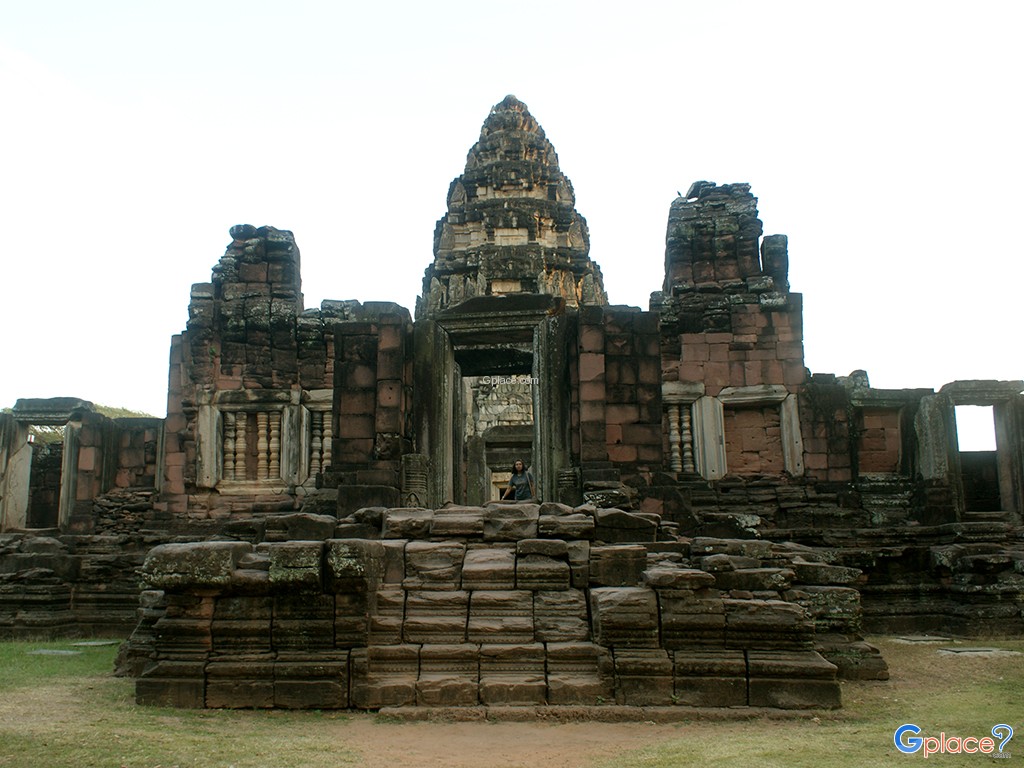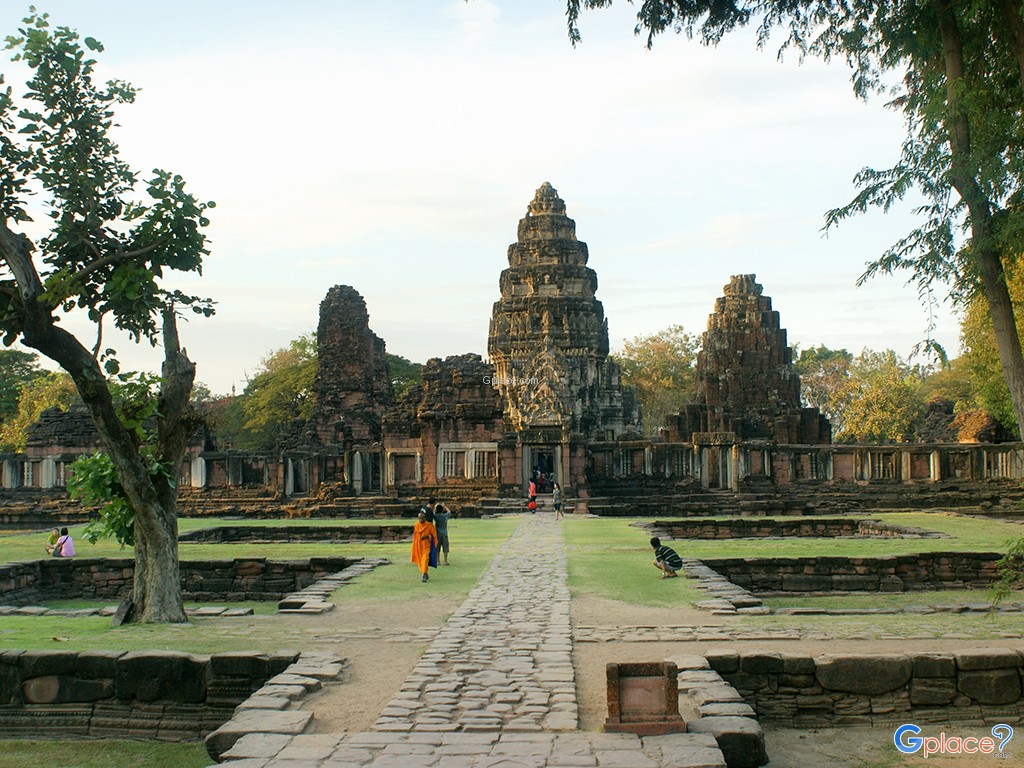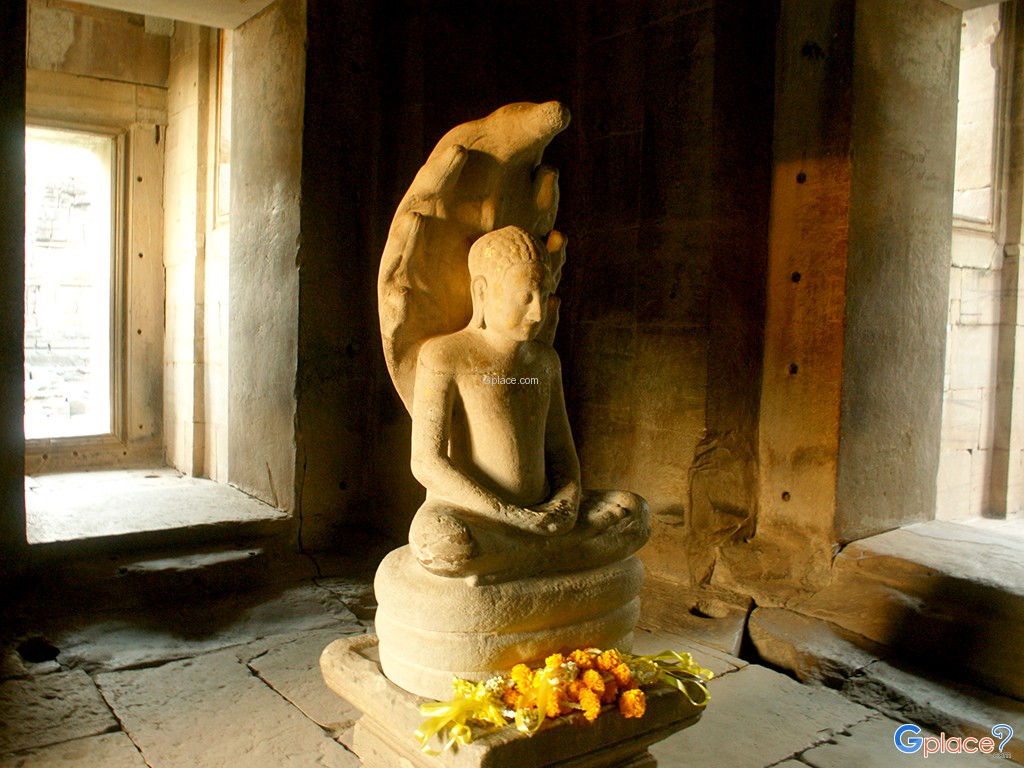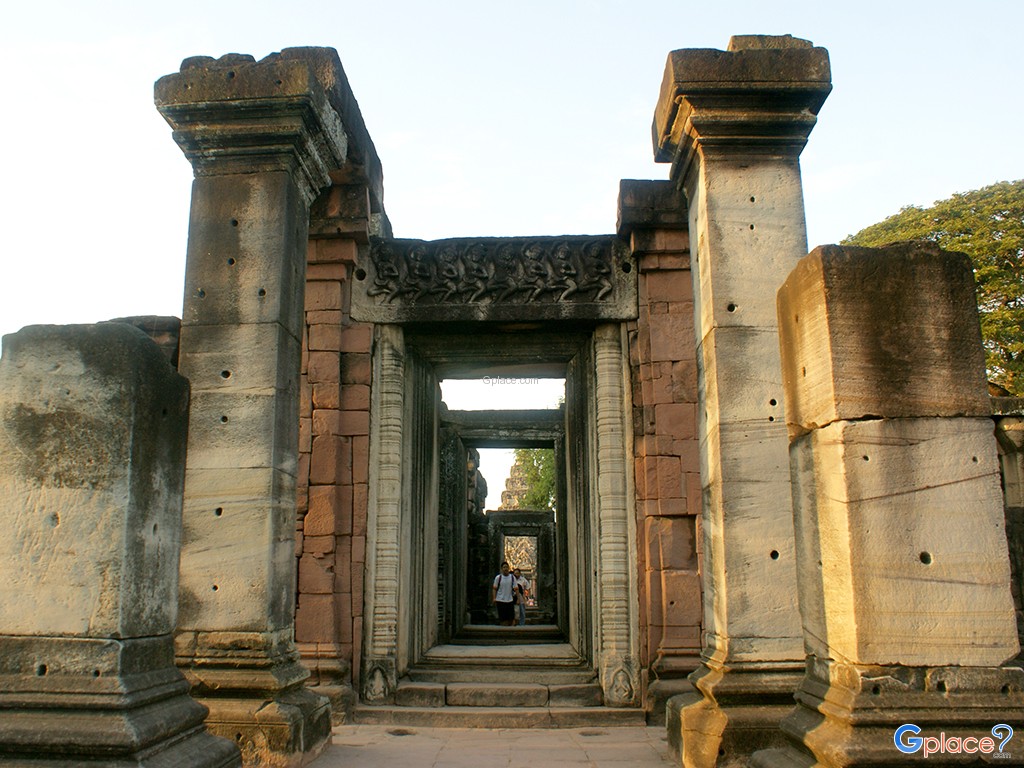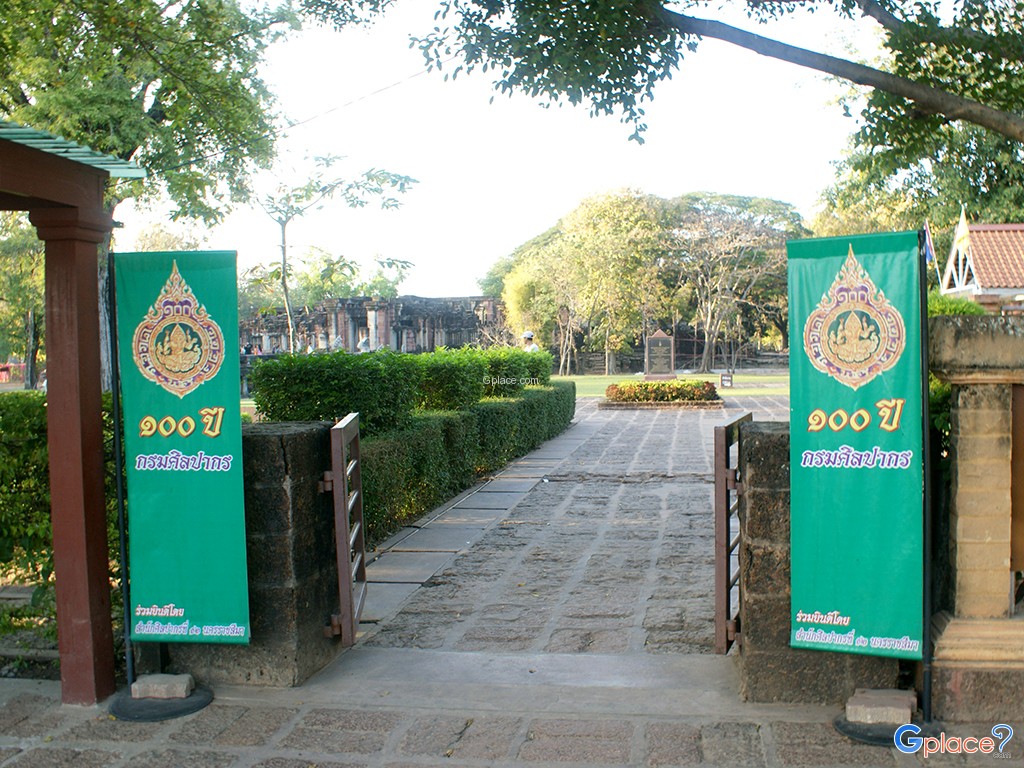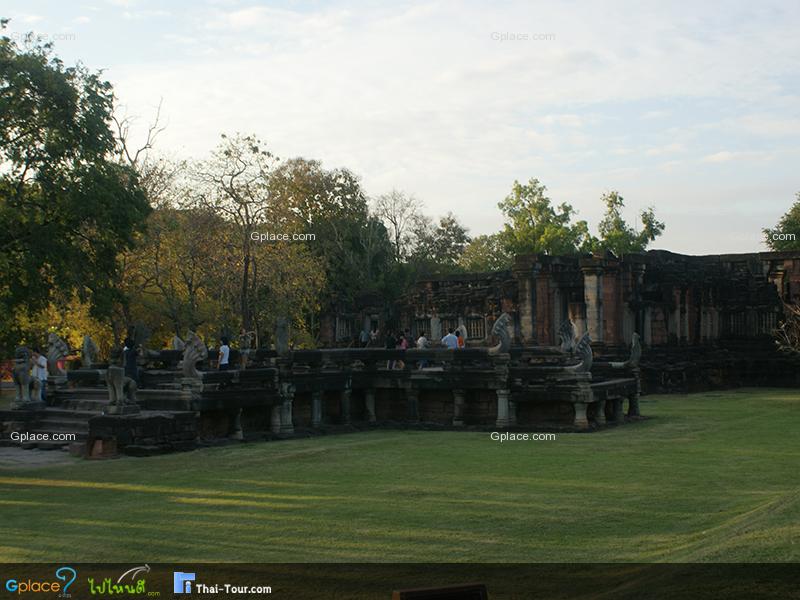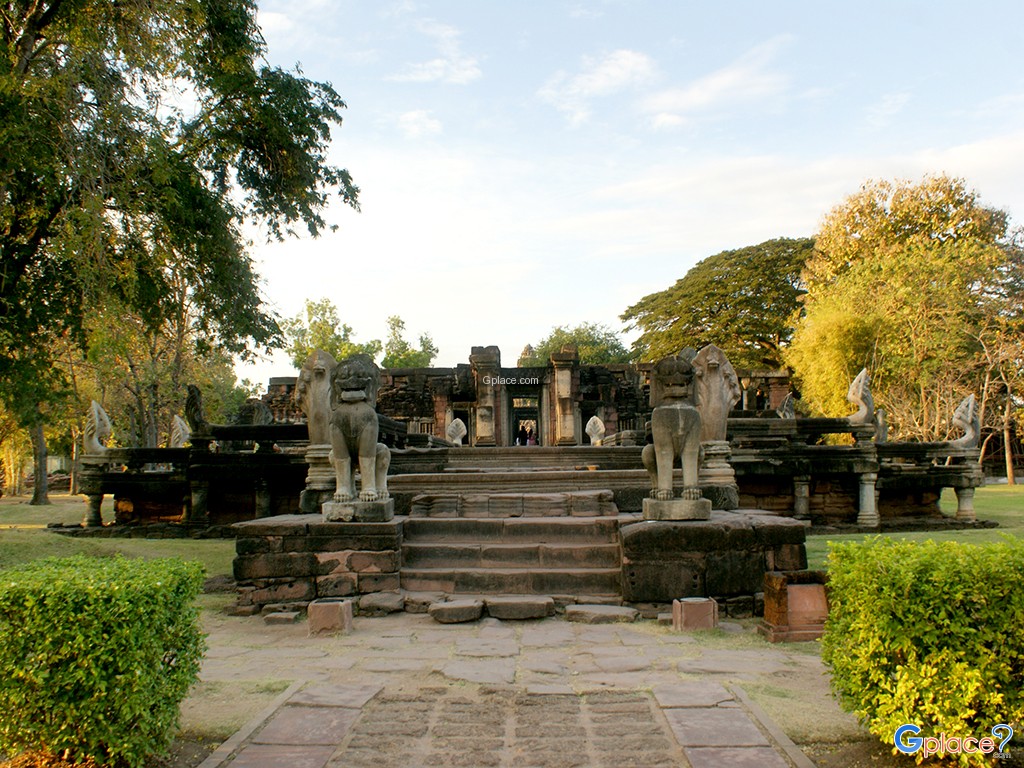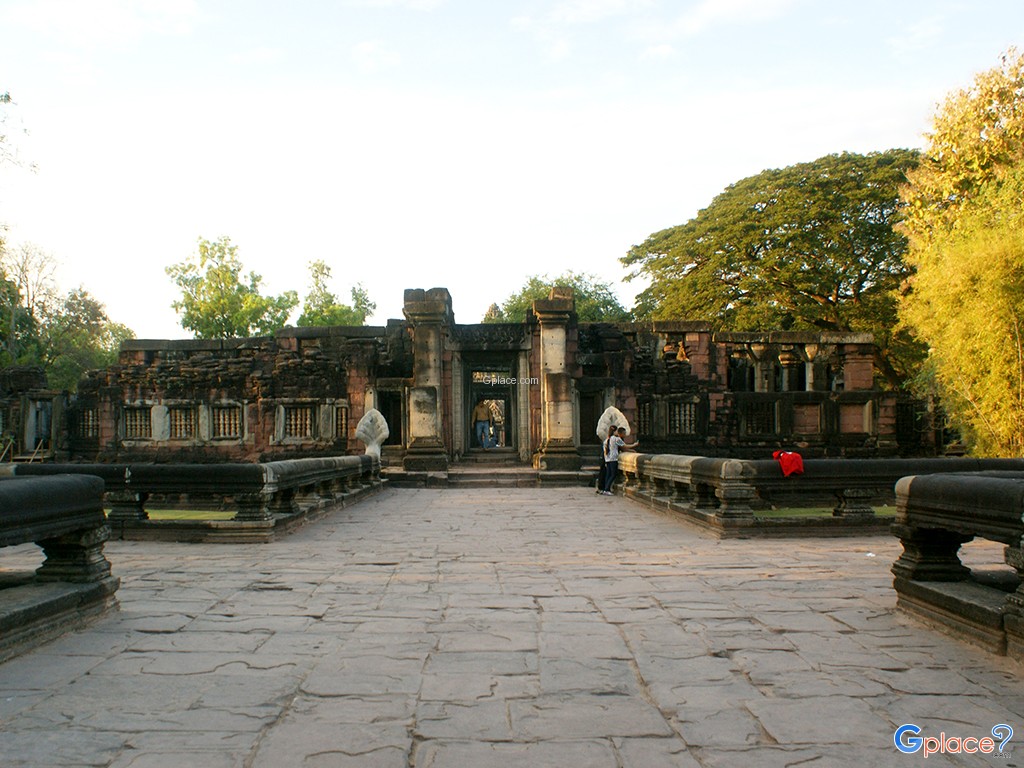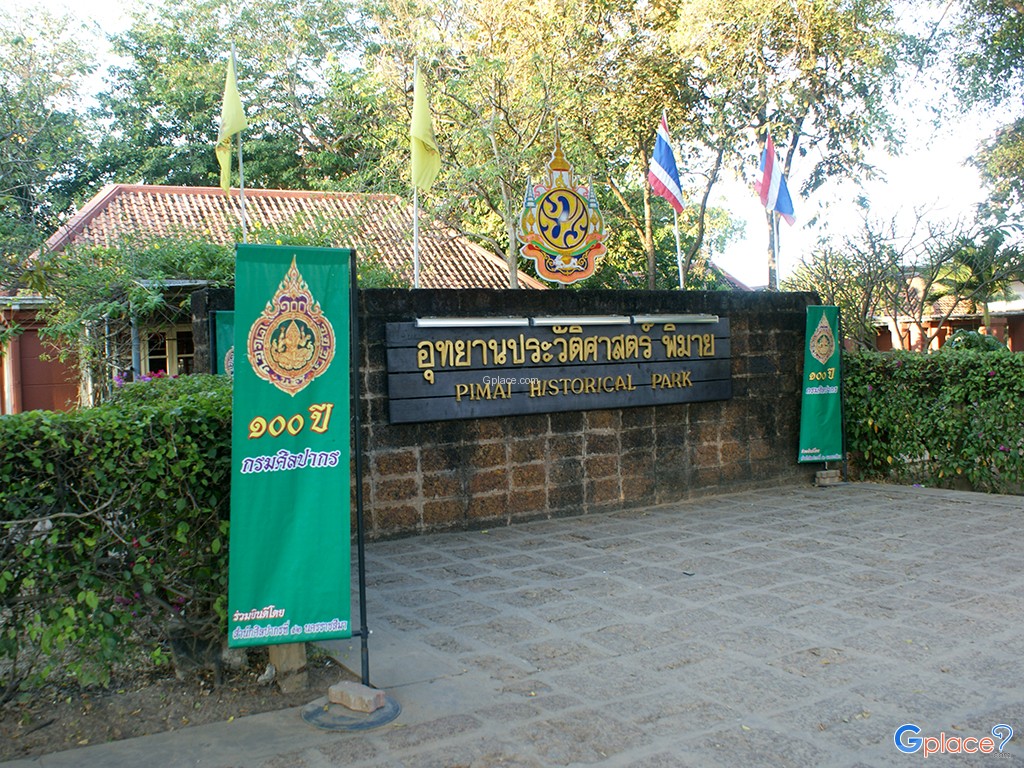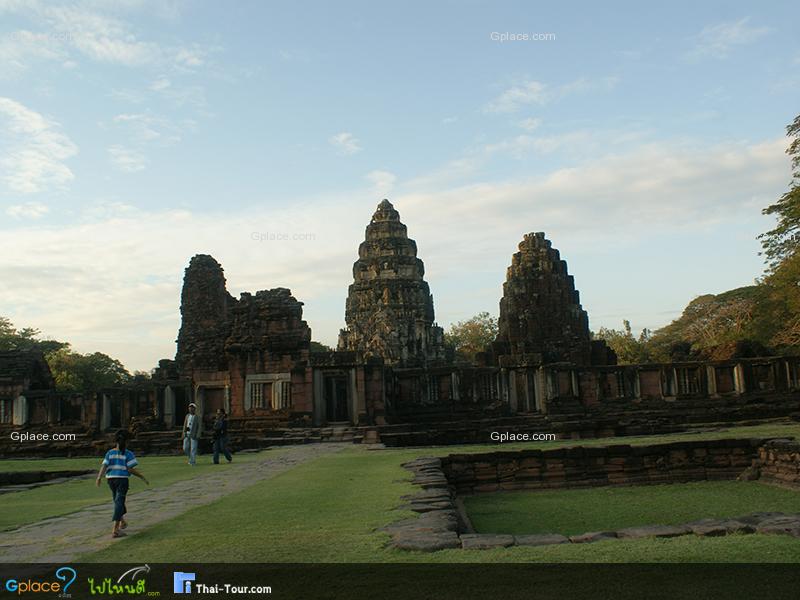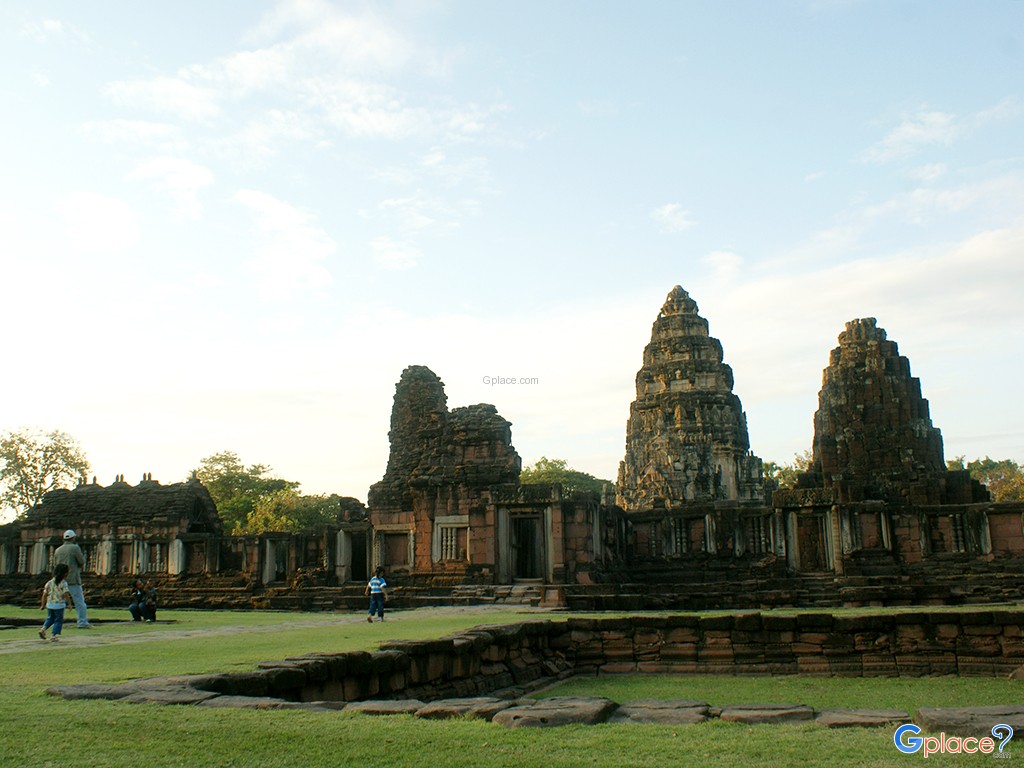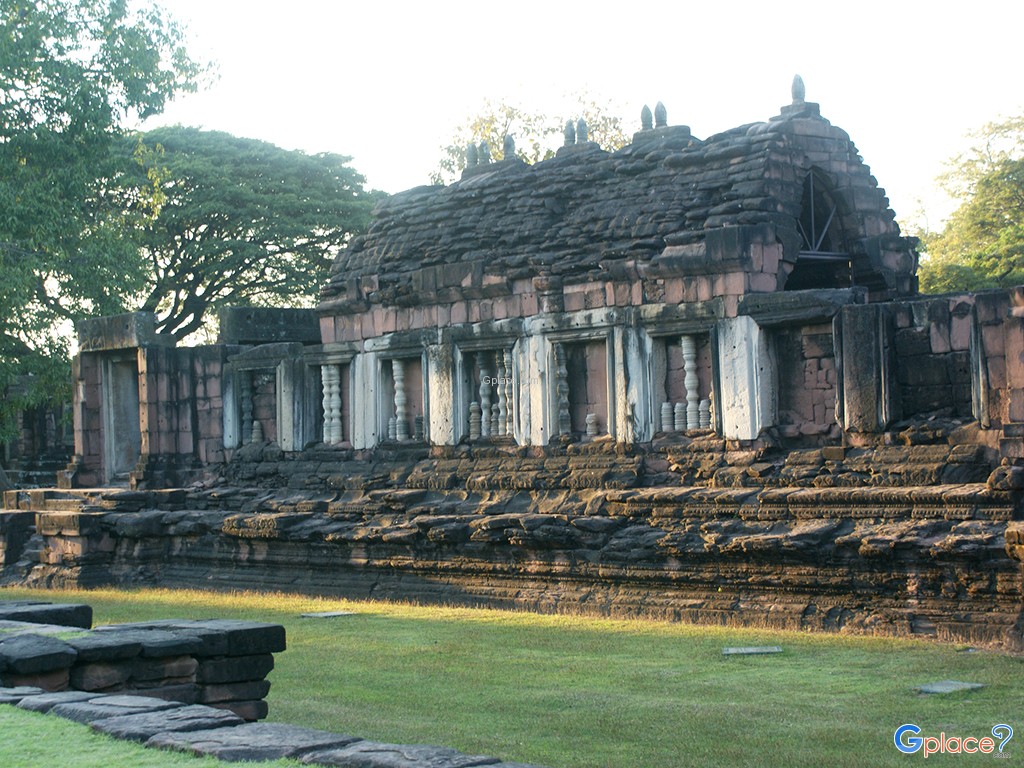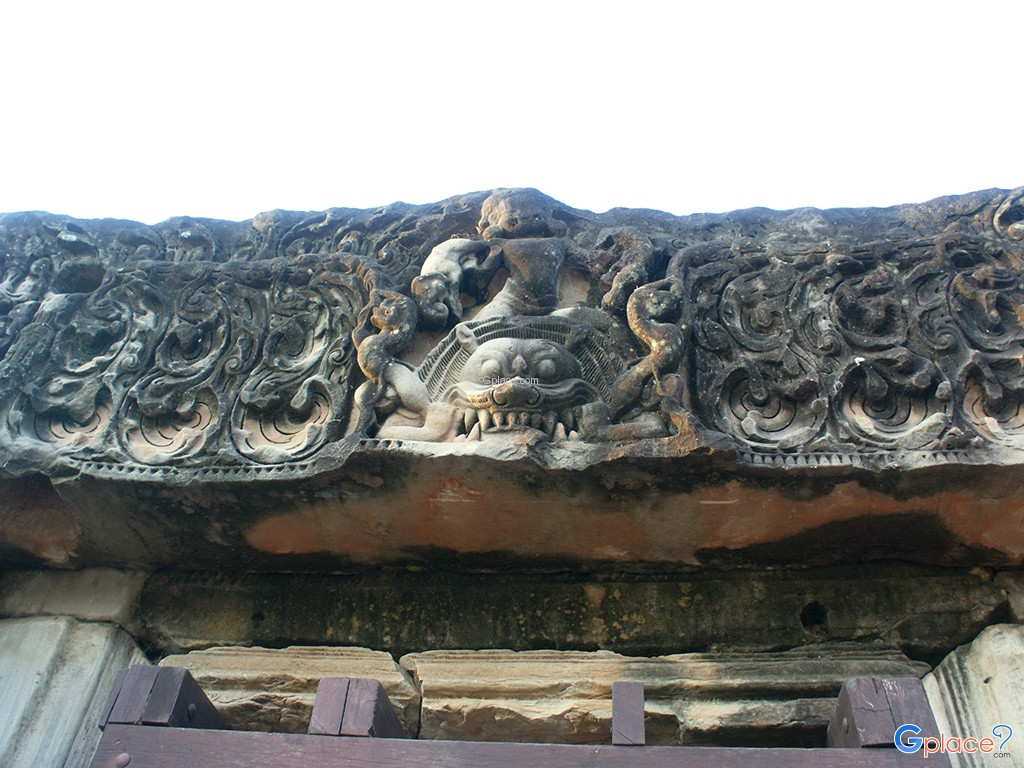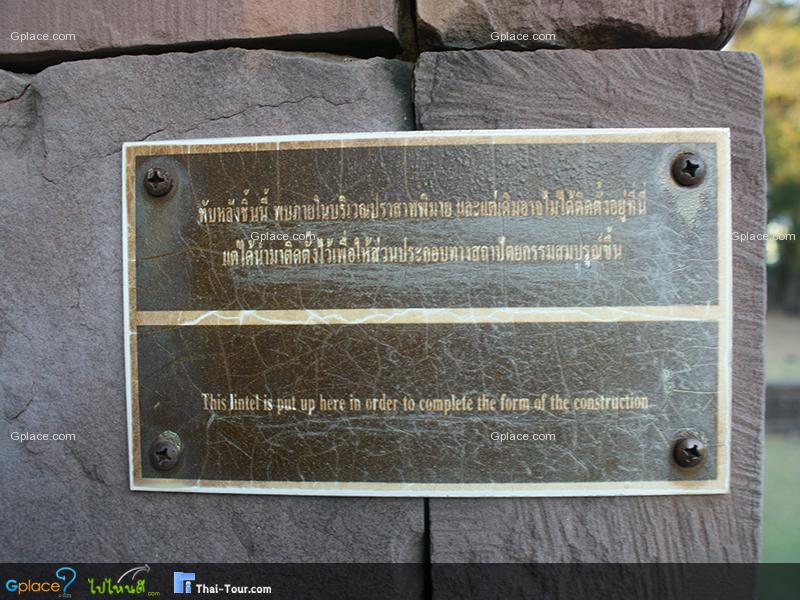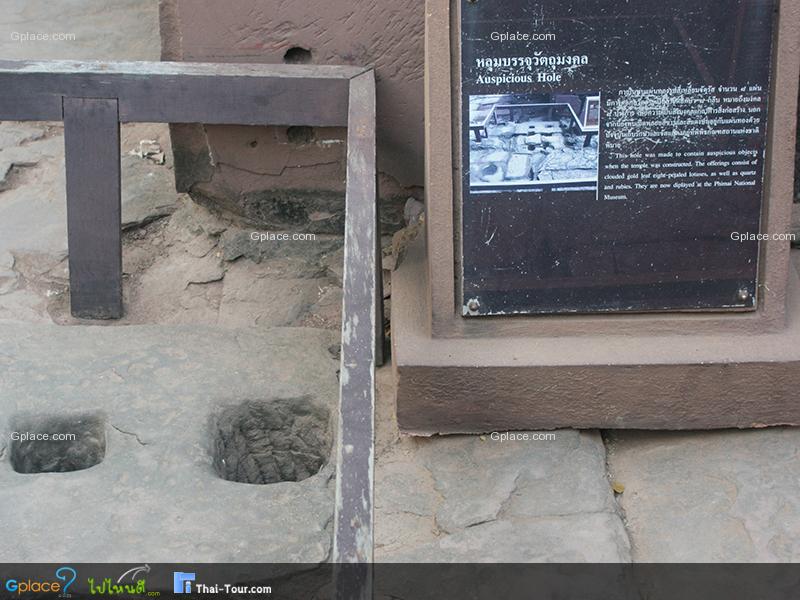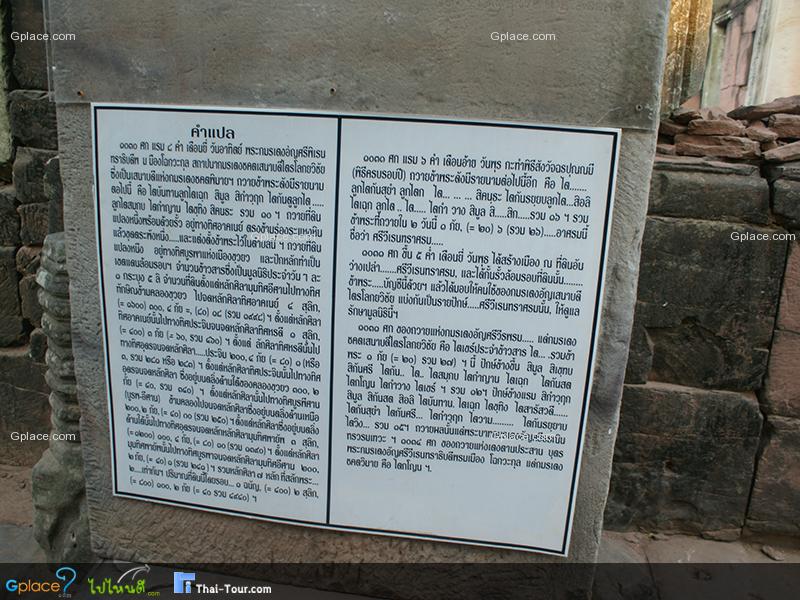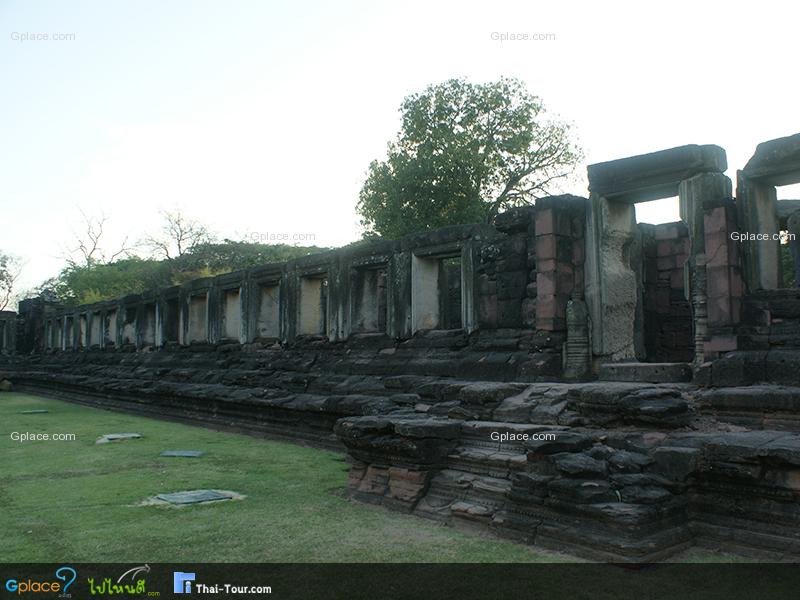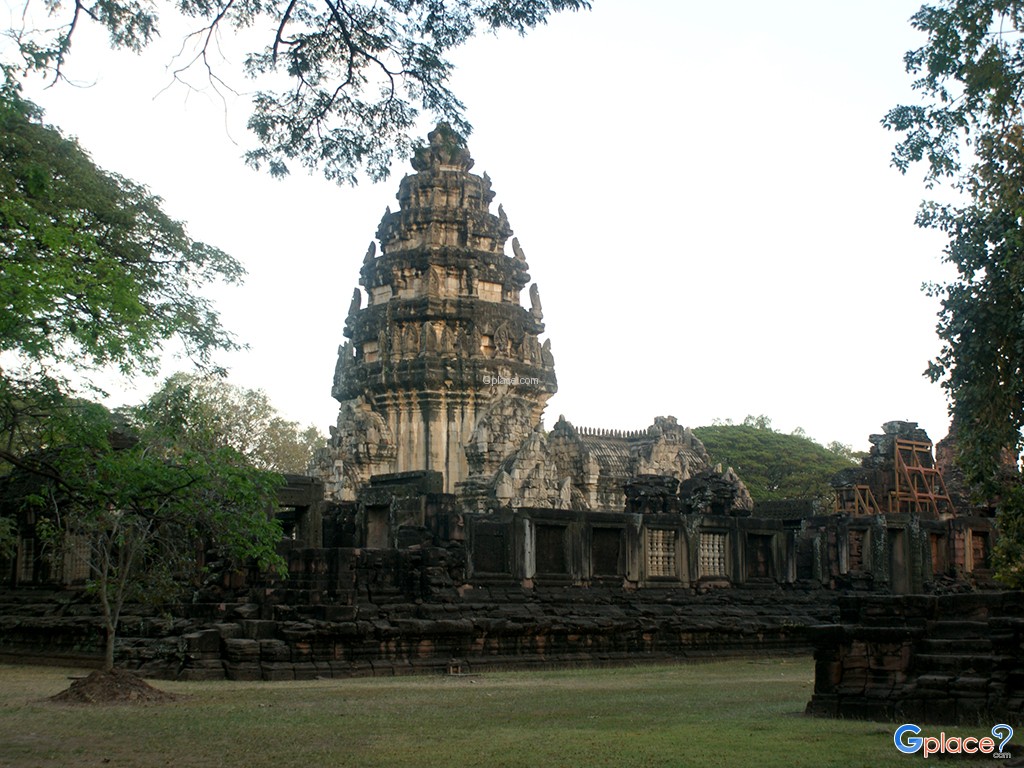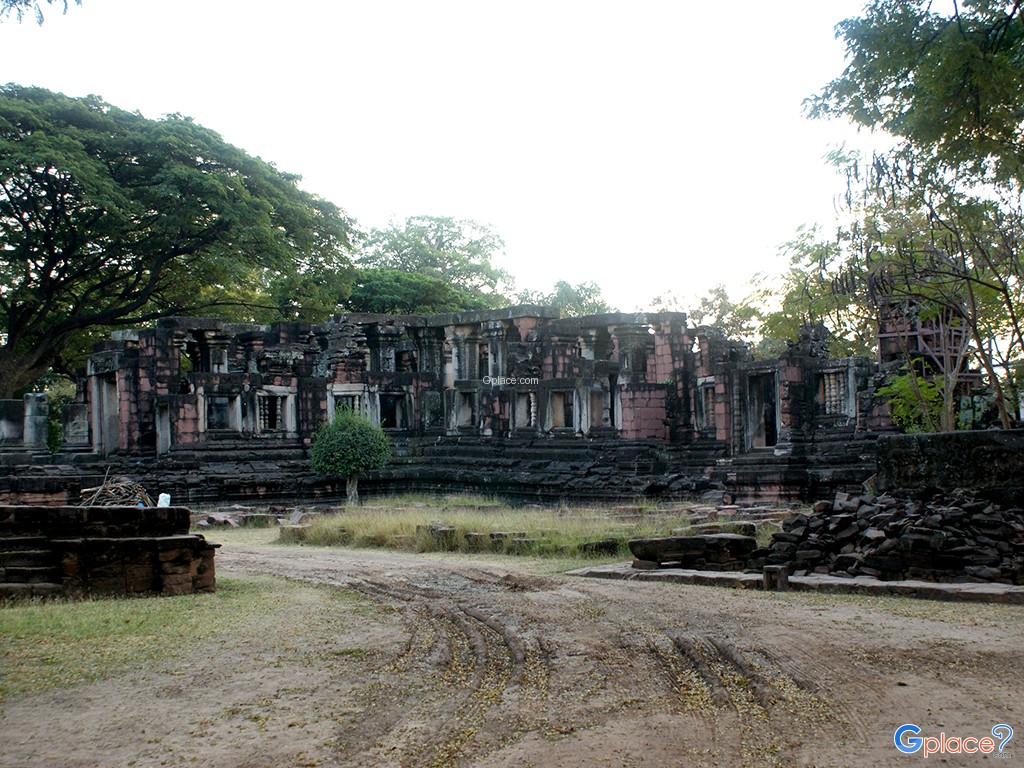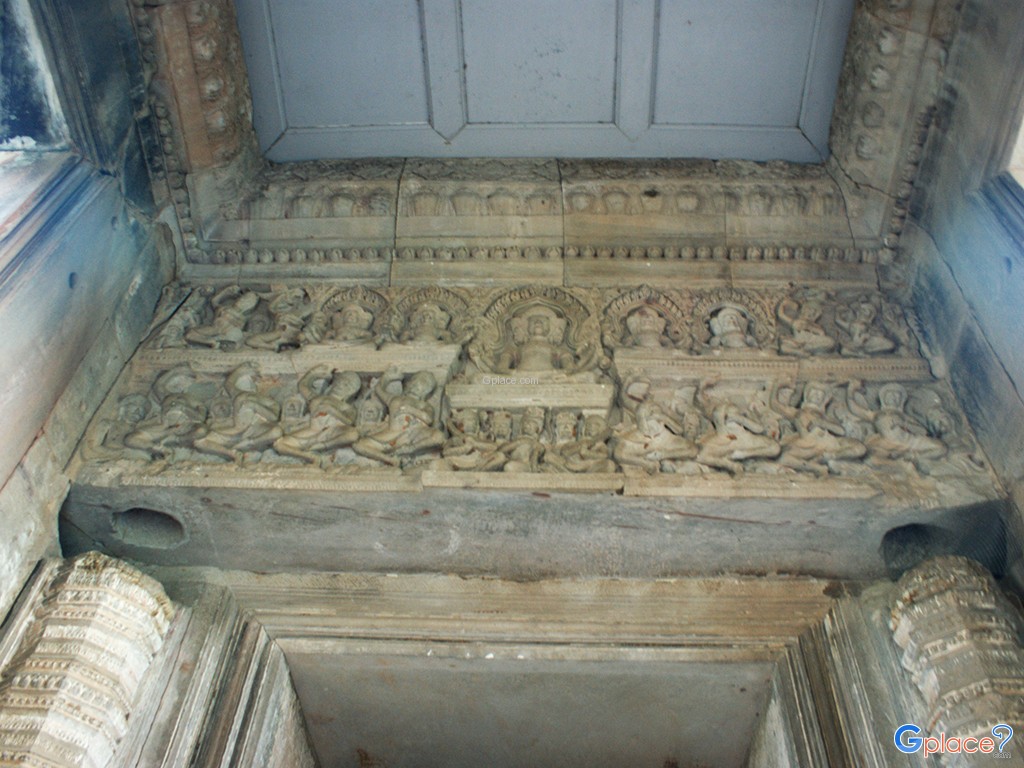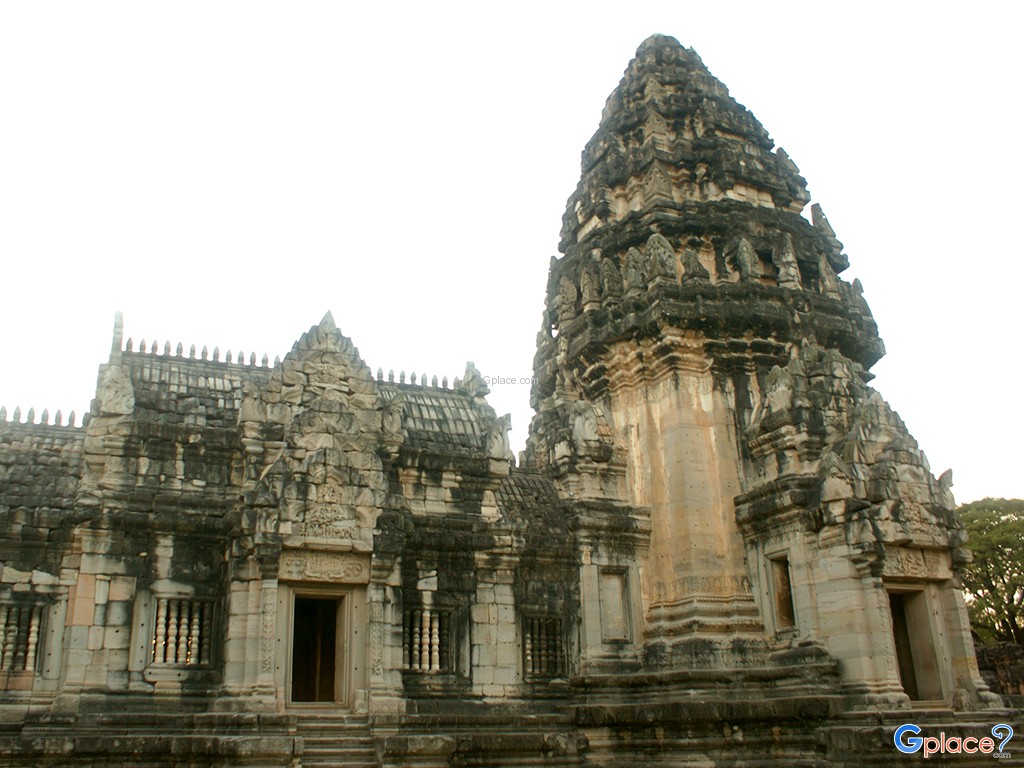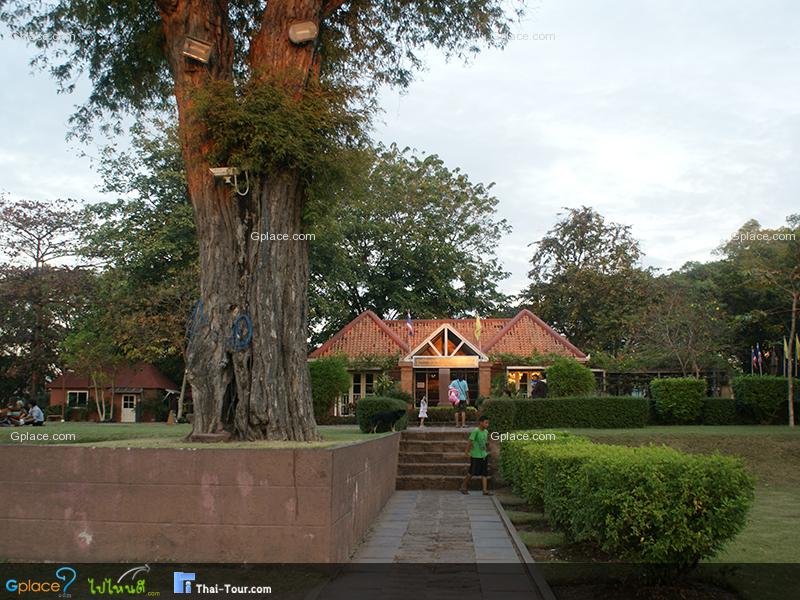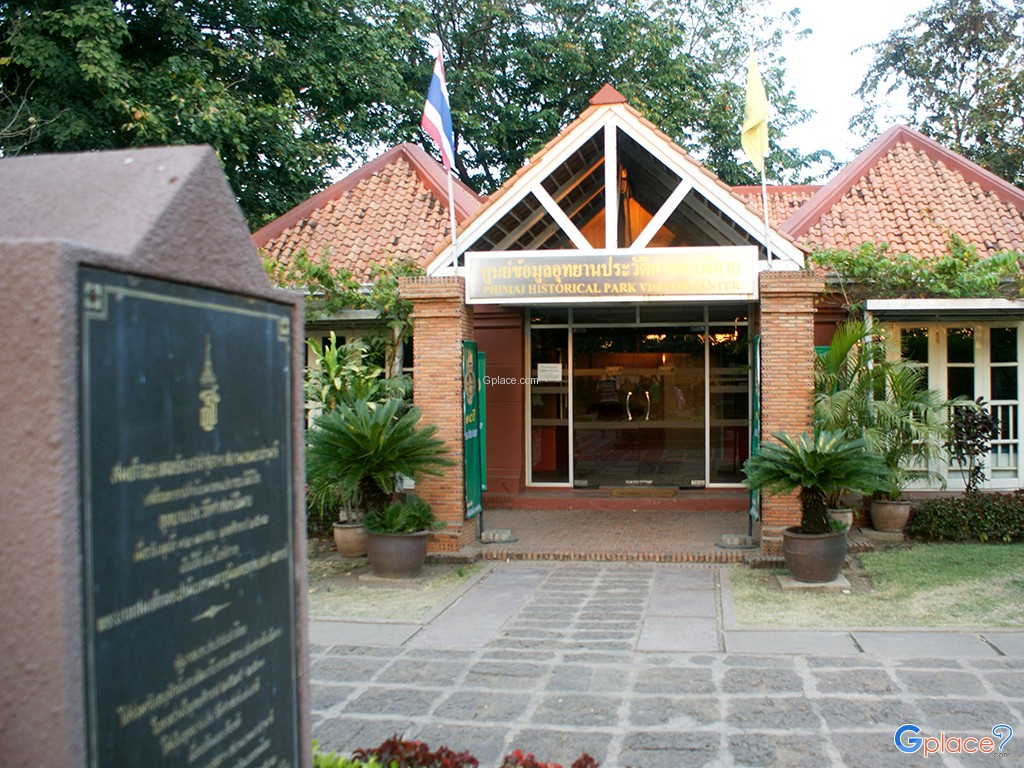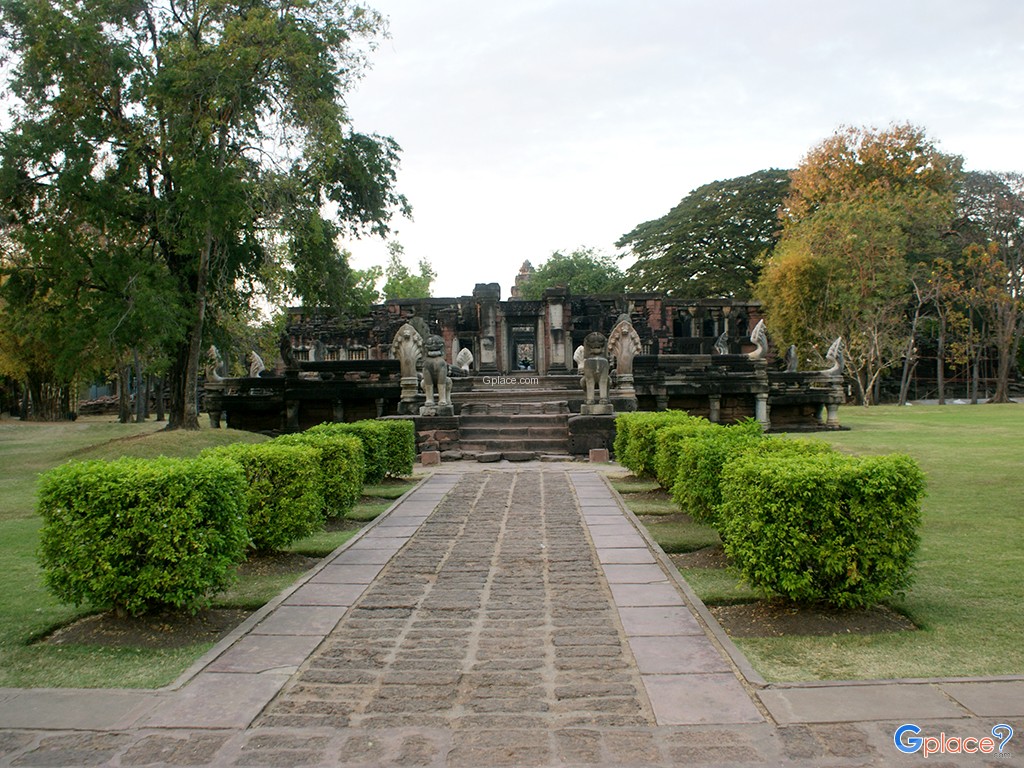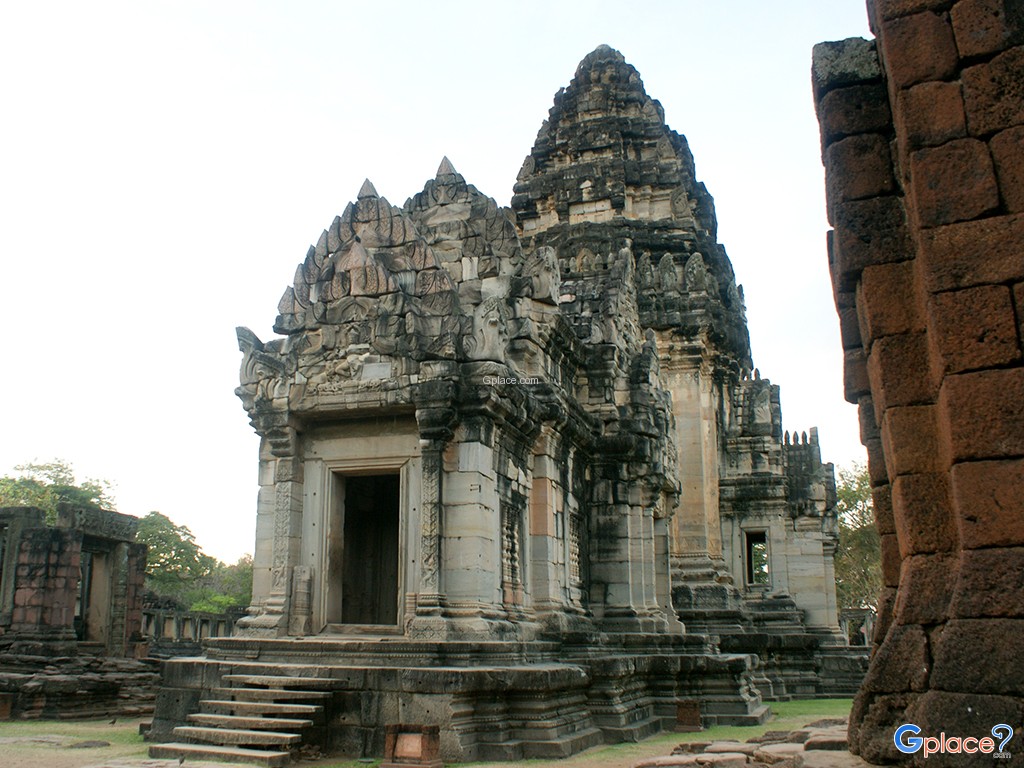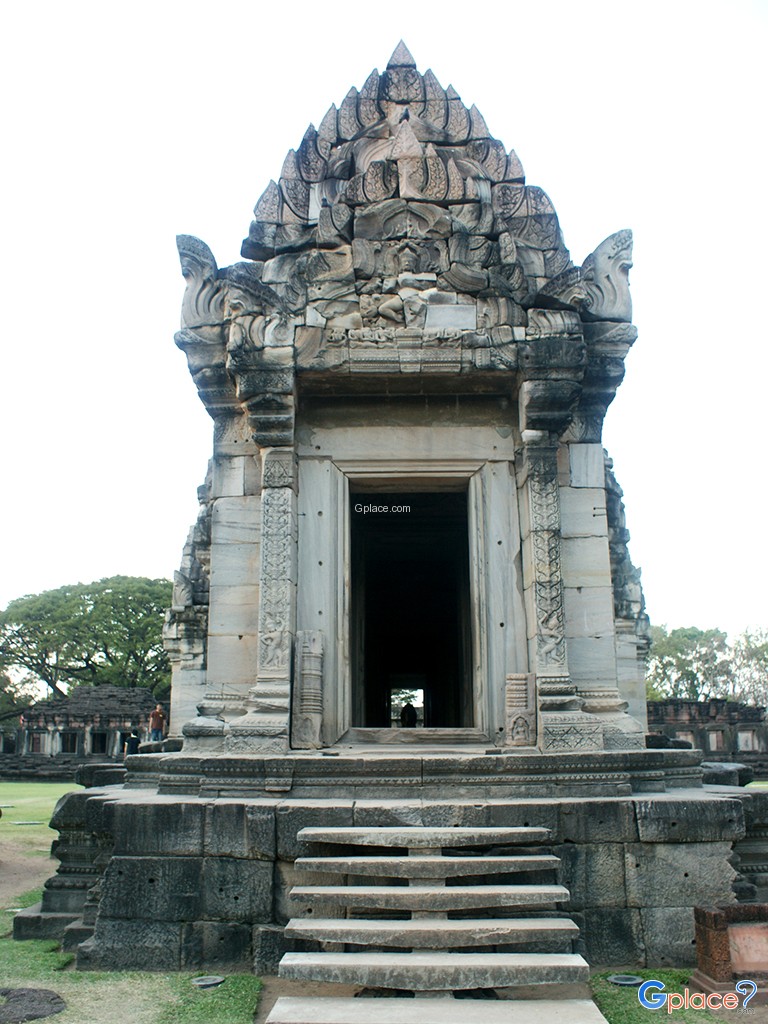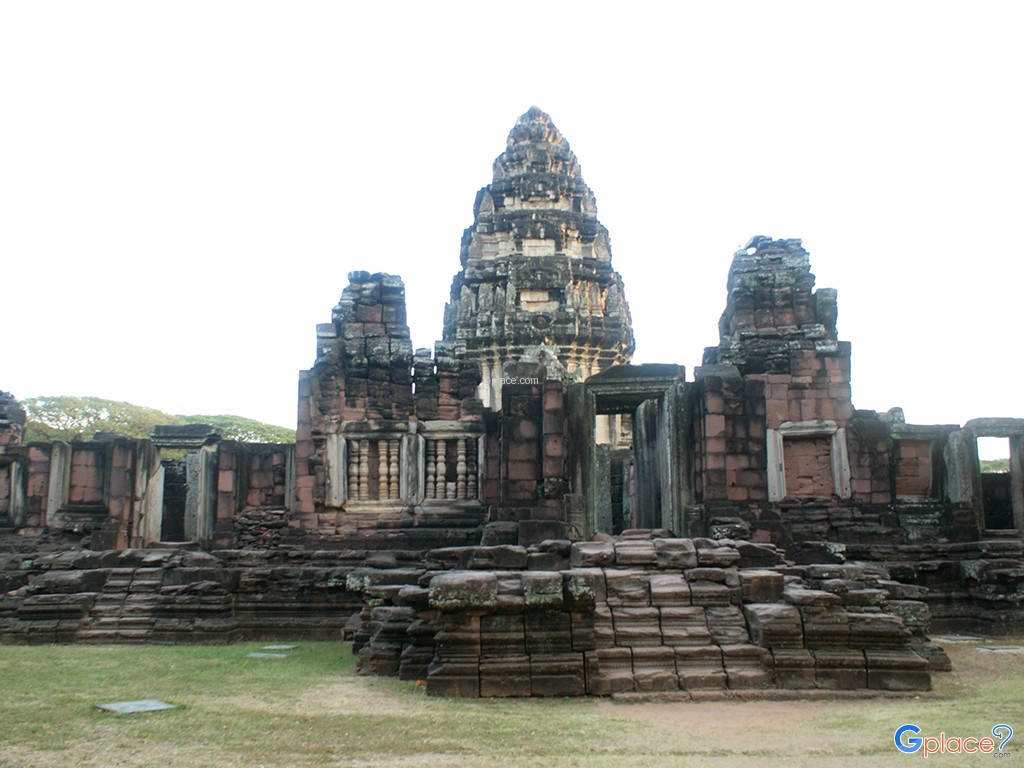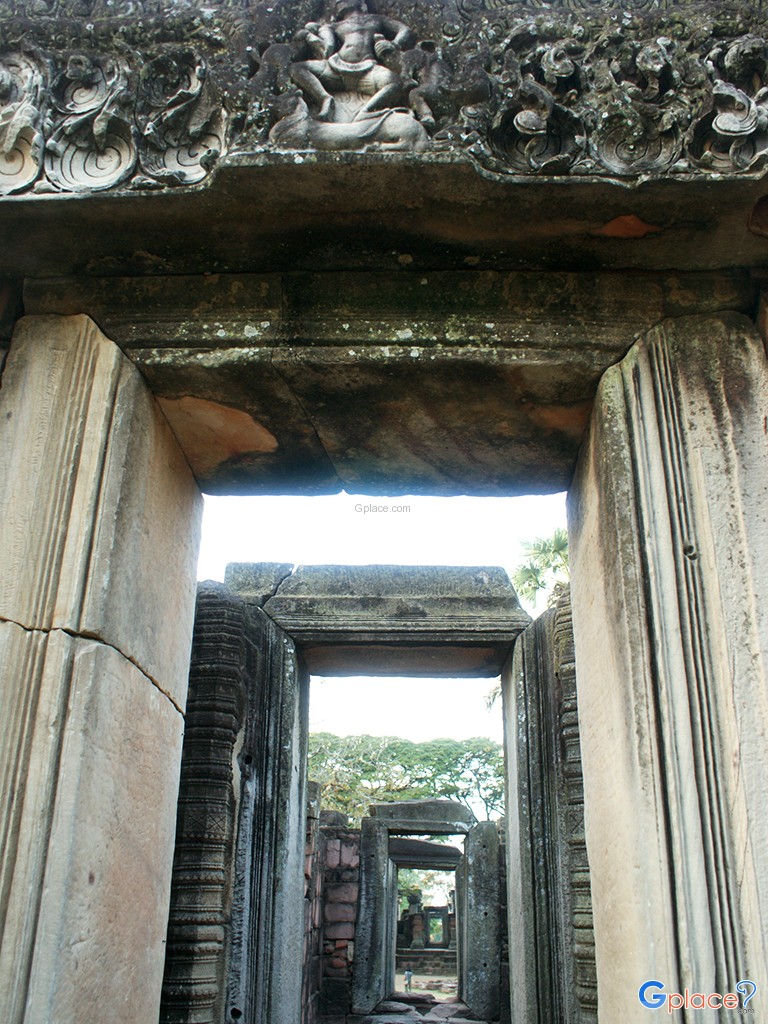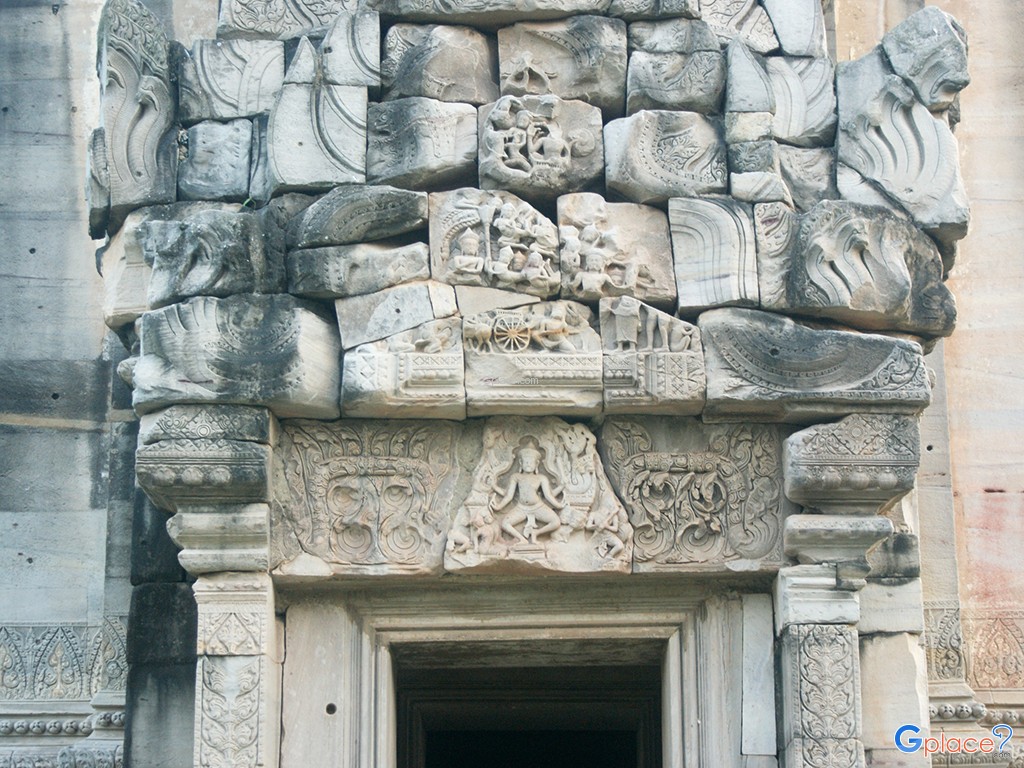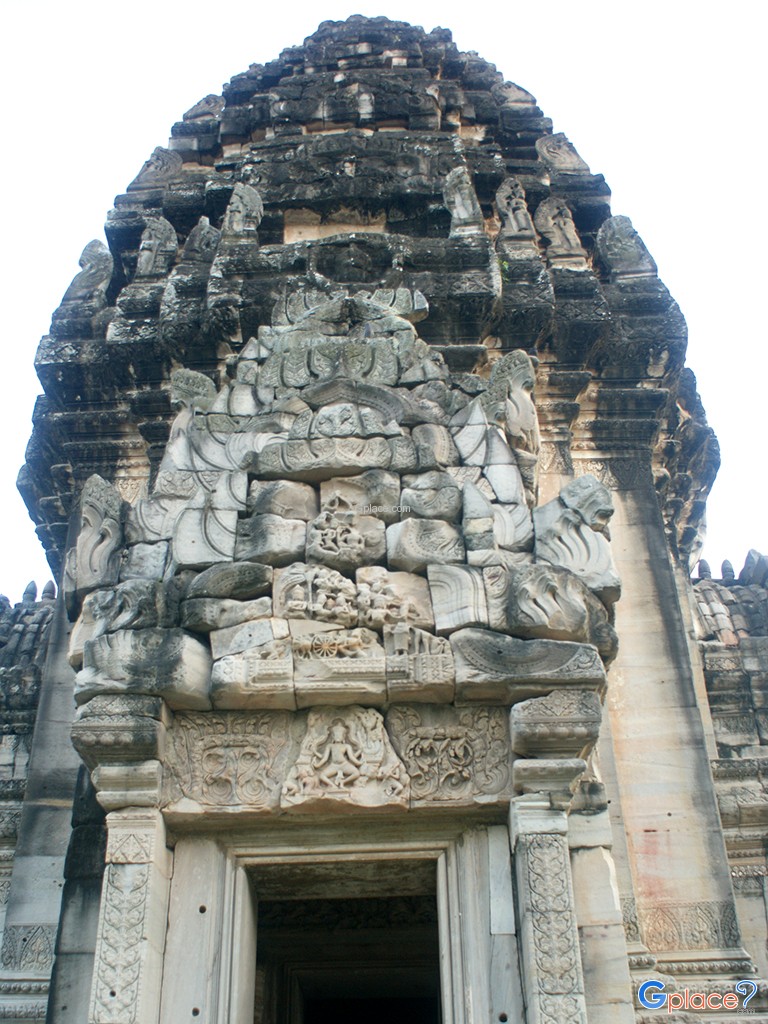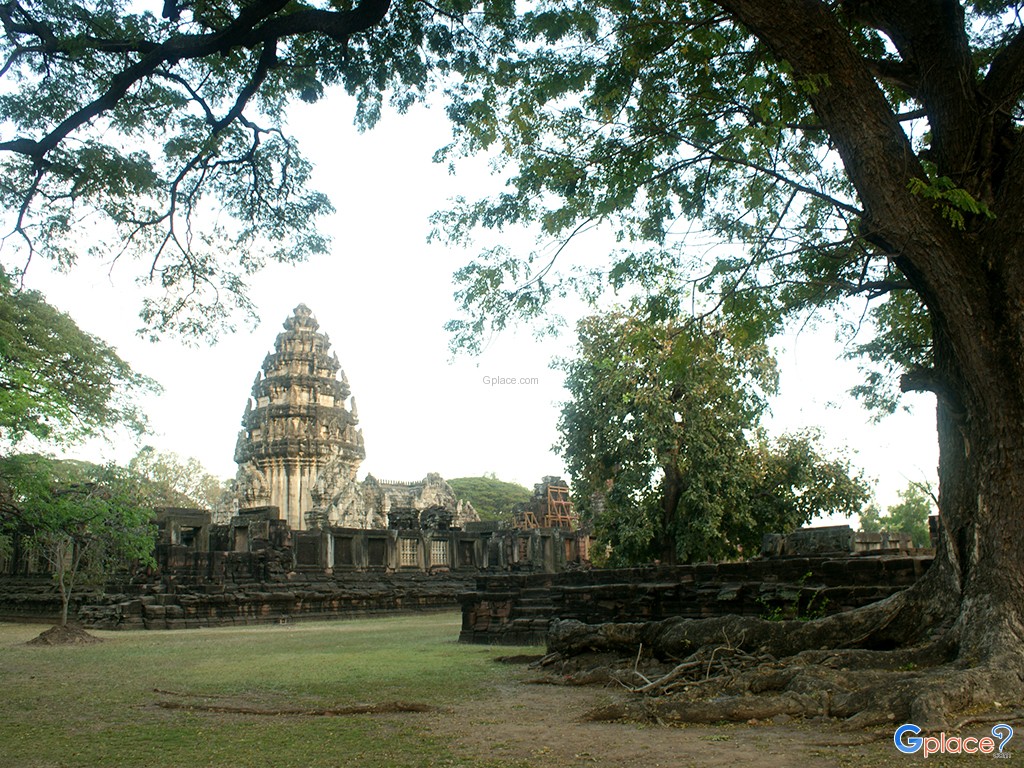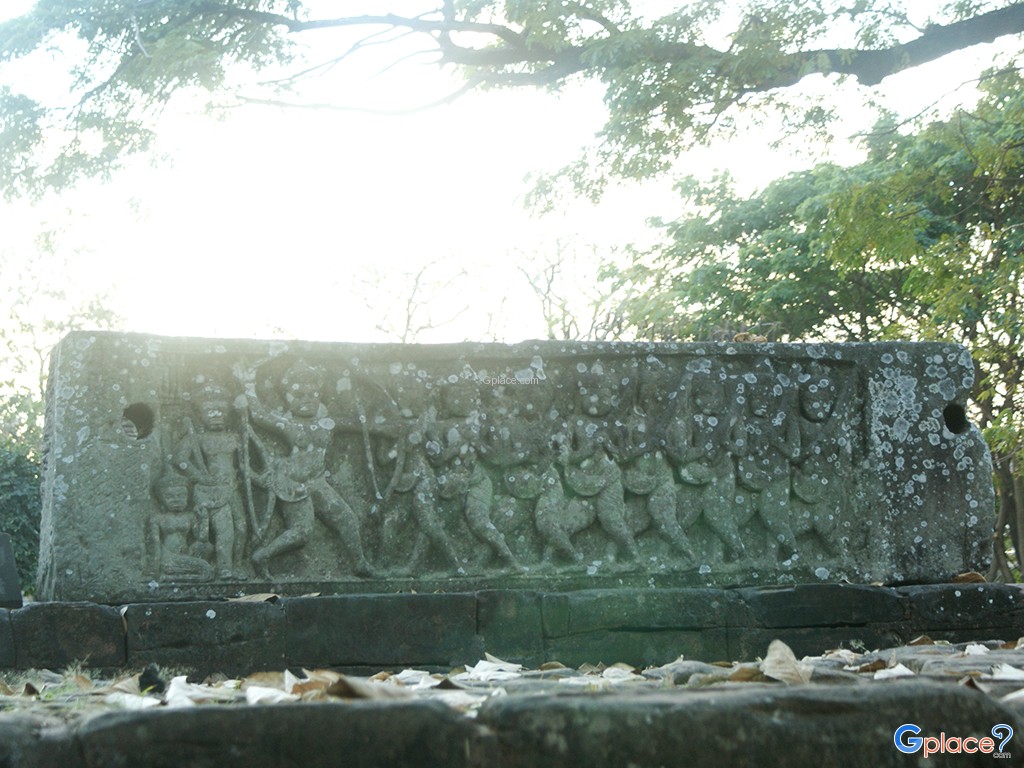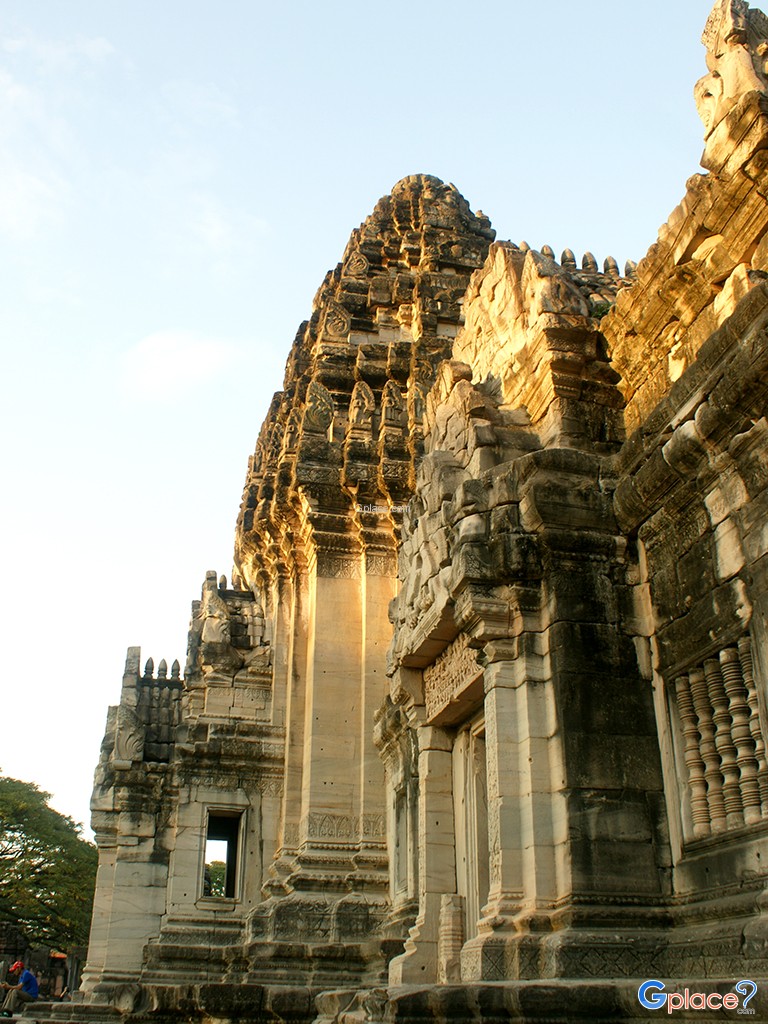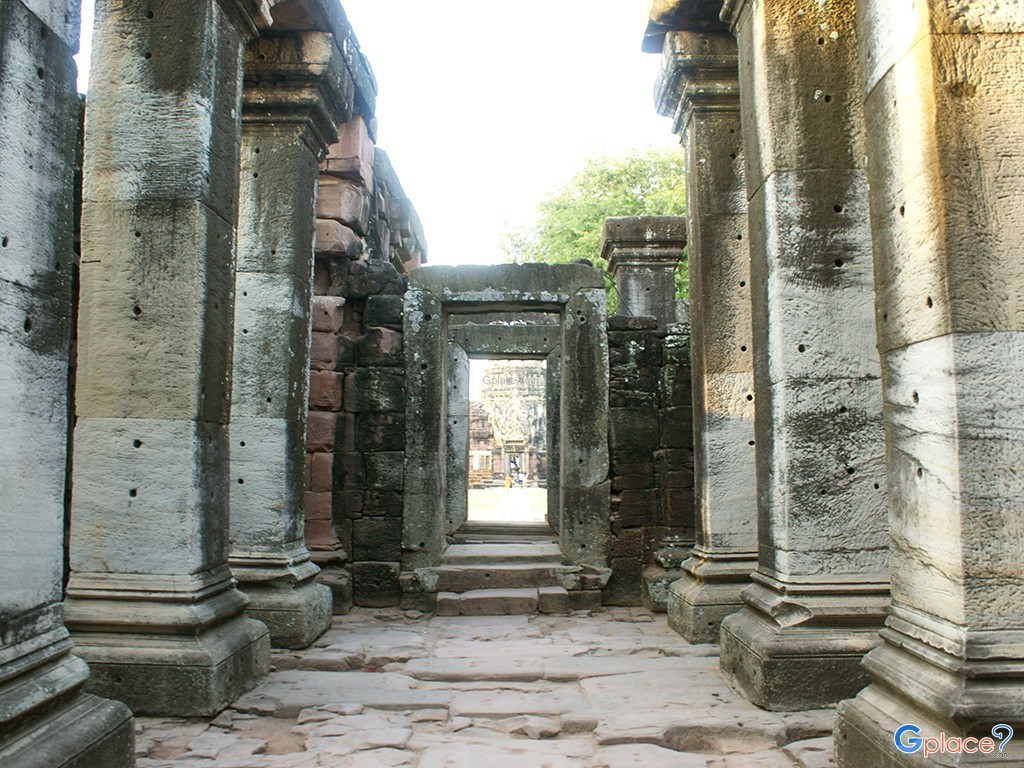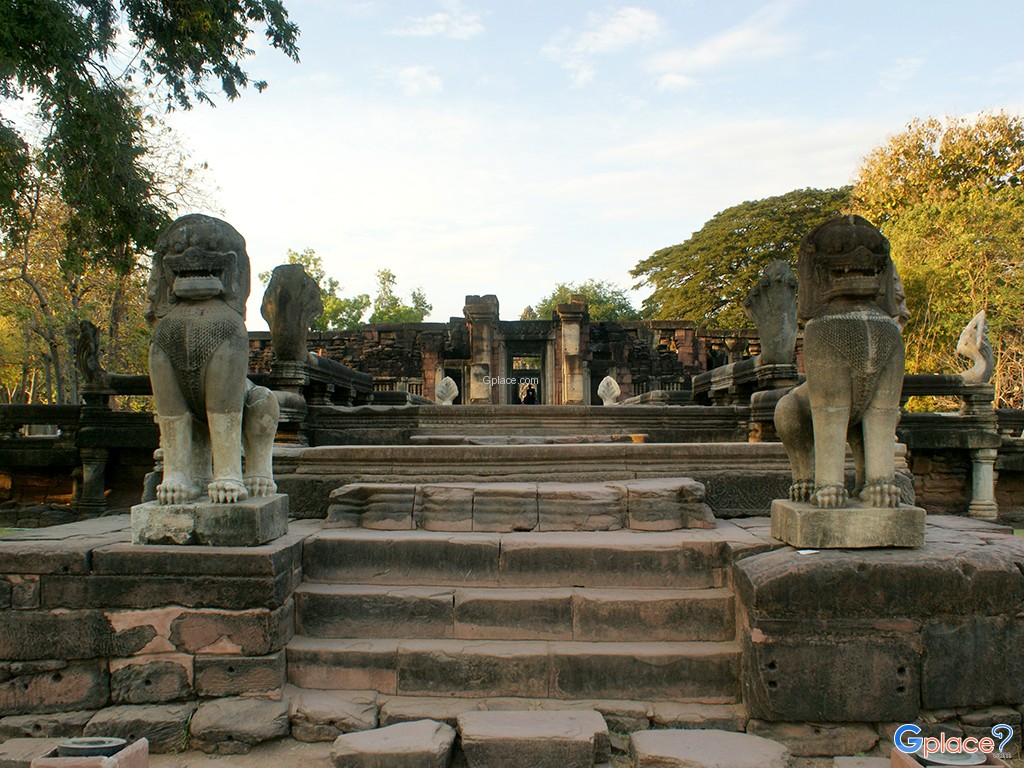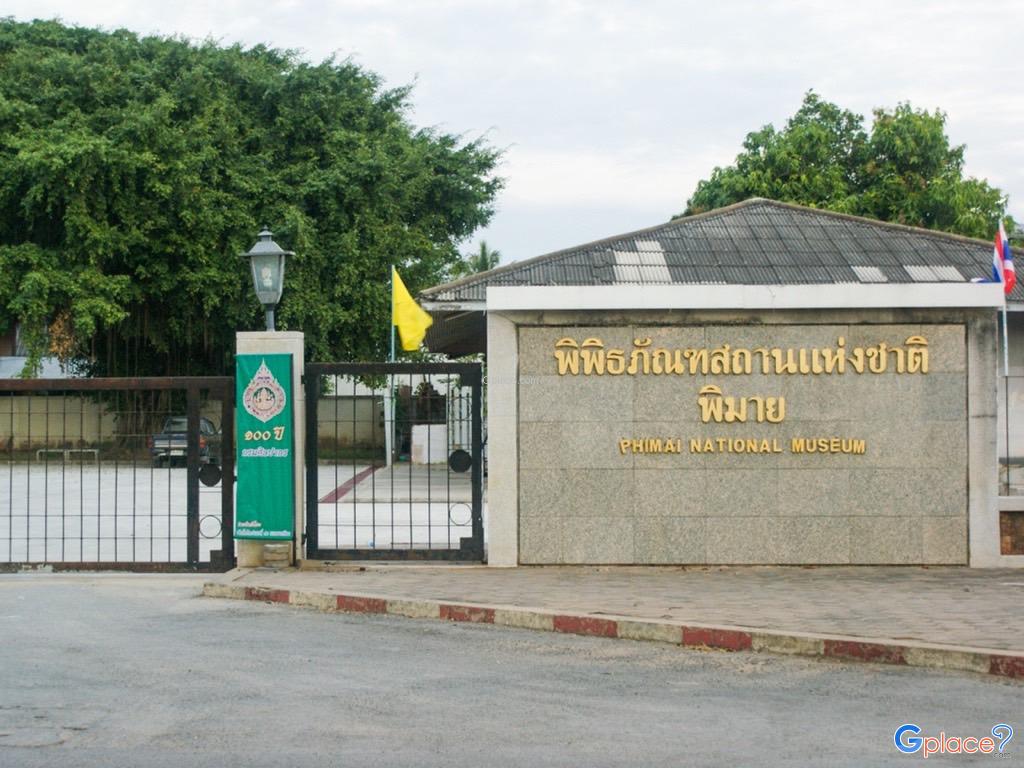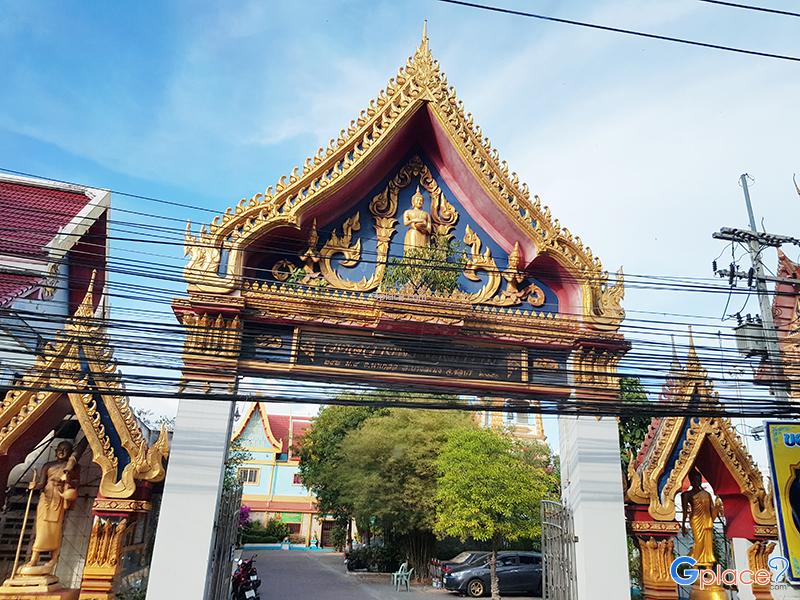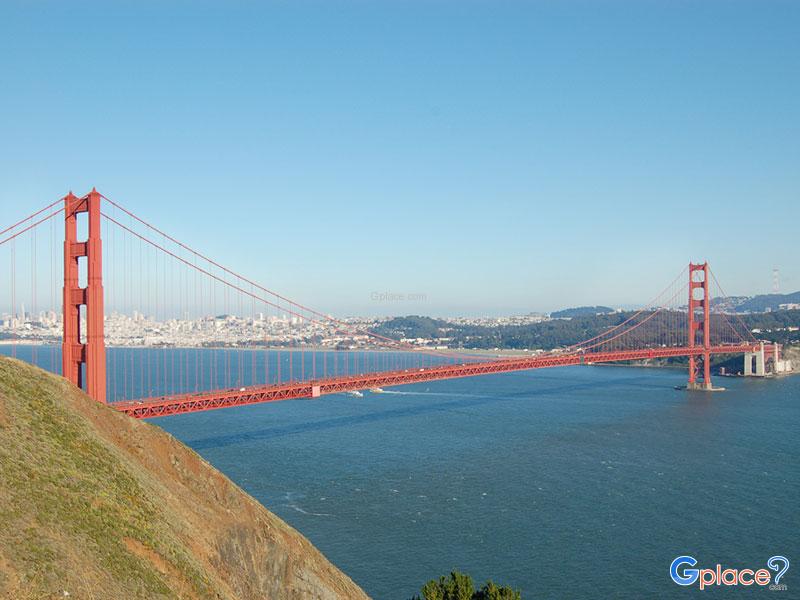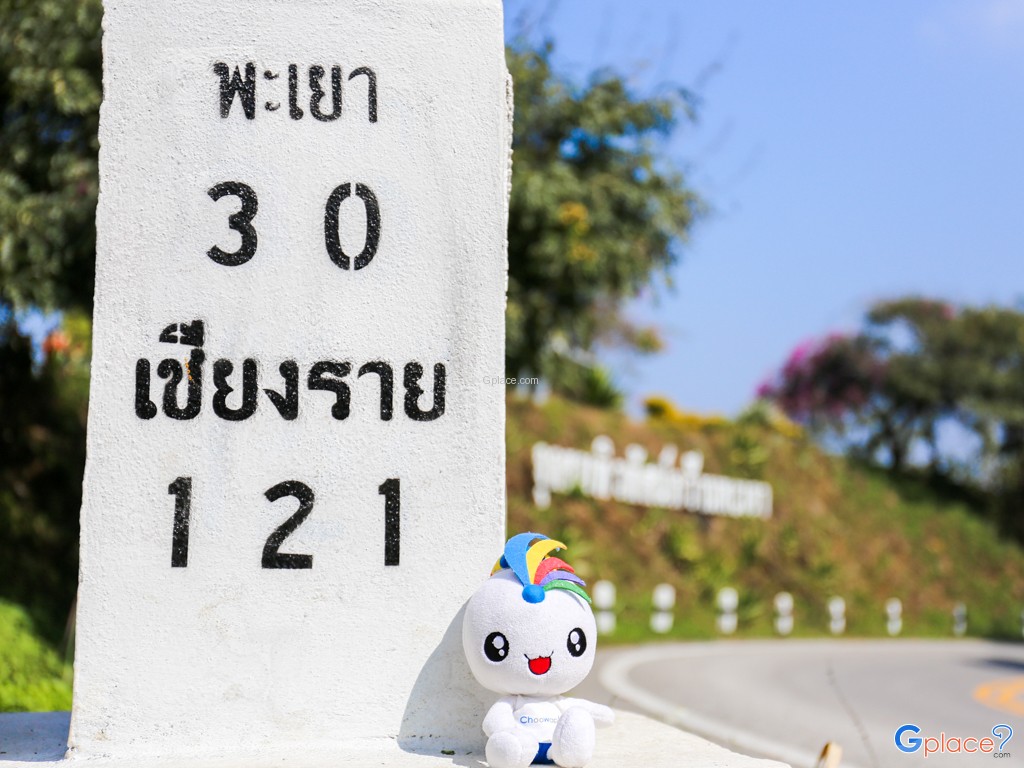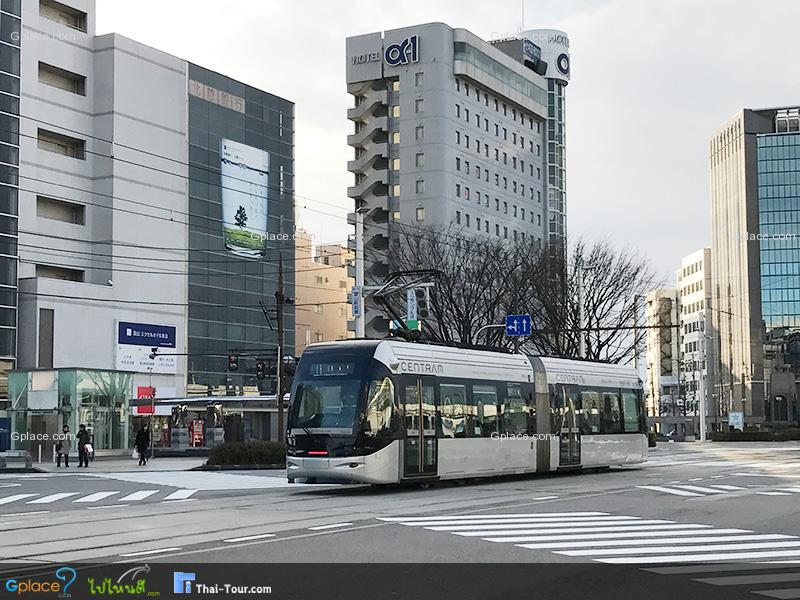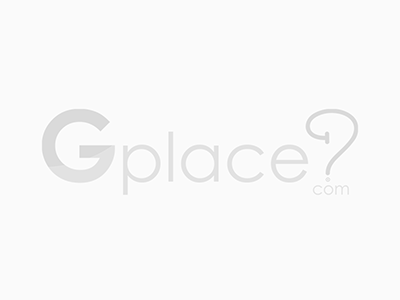“Phimai Historical Park is one of the greatest Hindu and Mahayana Buddhist temples of the Khmer Empire. It is notable for its rich Khmer architecture and for its beautiful Naga Prok Buddha image.”
Phimai Historical Park is one of the most invaluable and significant remnants of the ancient Khmer Empire found in Thailand. It served as the spiritual and administrative center of the ancient city of Phimai, historically known as "Vimayapura." The structure of the sanctuary was primarily constructed from white sandstone and red sandstone, dating back to the 11th to 12th centuries CE (Buddhist eras 16th–17th). The architectural style is a fusion of the Baphuon and Angkor Wat periods, reflecting a sustained period of construction and continuous use spanning over 300 years. A striking and unique feature that sets it apart from most other Khmer temples is its main axis, which is oriented towards the south, rather than the typical east. This orientation is believed to align precisely with the ancient royal road that connected Phimai directly to the Khmer capital, Yasodharapura (Angkor Thom), in present-day Cambodia.
The ground plan of the sanctuary is a vast rectangle, enveloped by a surrounding wall, or gallery, and a moat. The principal components within the complex include:
-
The Main Prang (Prang Prathan): This is the central and most imposing structure, built with white sandstone, rising to a considerable height_. Its spire is modeled after a lotus bud, and the entire structure is richly adorned with exquisite bas-reliefs on its pediments (tympanum) and lintels. Notably, the pediment on the south face features a magnificent carving of Buddha in the Maravijaya pose seated in a celestial arch, a piece of great artistic and historical importance. The lintels display narratives from both Hindu and Mahayana Buddhist traditions, including scenes from the Mahabharata epic and Jataka tales (stories of the Buddha’s previous lives).
-
Subsidiary Prangs (Prang Borivan): Located south of the Main Prang are two smaller satellite towers: Prang Hin Daeng (Red Stone Prang) and Prang Phrommathat. These were constructed from different materials, with Prang Phrommathat believed to have been built by King Jayavarman VII.
-
The Gallery (Rabiang Khot): This stone corridor surrounds the Main Prang, featuring colonnades and beautiful carvings on its walls. It functions to define the sacred space, enhancing the main sanctuary's sanctity and majesty.
-
Gopuras (Entrance Pavilions): These served as fortified gateways at the four cardinal directions. The Gopura on the south side was the main entrance, directly facing the ancient road.
The exceptional significance of Phimai lies in the fact that it is one of the very few Khmer religious sites built primarily following the doctrines of Mahayana Buddhism, potentially even the earliest clear indication of Buddhist patronage during the reign of King Suryavarman I, long before King Jayavarman VII's widespread Mahayana adoption. The most revered religious image once enshrined within the Prang was a Buddha sheltered by the Naga Mucalinda, which is now preserved at the Phimai National Museum. The sanctuary not only embodies religious syncretism but also stands as a powerful testament to the deep-seated political and cultural ties between the Khmer Empire and this region in antiquity.
How to Get There
-
Private Car: From Nakhon Ratchasima City (Korat), take Highway 2 (Mittraphap Road) and turn onto Highway 206 until you reach Phimai District.
-
Buses: Buses depart directly from the Nakhon Ratchasima Bus Terminal to Phimai District. Travel time is approximately 1 hour.
Travel Tips
-
Visit early in the morning or evening to avoid the intense heat and capture the castle in the soft sunlight.
-
Allow at least 2-3 hours to explore the entire park, as it is large and has many points of interest.
-
Bring an umbrella, hat, and water, as most areas are open-air.
Admission Fees:
-
Thais: 20 baht
-
Foreigners: 100 baht
Opening Hours:
- Open for viewing every day from 7:30 AM to 6:00 PM (excluding public holidays and national holidays)

















